
The Symbol of a Warrior
Middle and High School
3 - 4 Class Periods
Students will identify what a “symbol” is and find the differences between traditional and contemporary symbols, specifically Native American. They will write an essay exploring “What role did/does symbolism of a warrior play in a contemporary Native soldier’s choice to serve?”
Program Segments
- Introduction (approximately 3 minutes)
- What Does it Mean to Be a Warrior? (approximately 3 ½ minutes)
- Comanche Indians Veterans Association Celebration and Powwow (approximately 6 minutes)
- Returning Home (approximately 8 minutes)
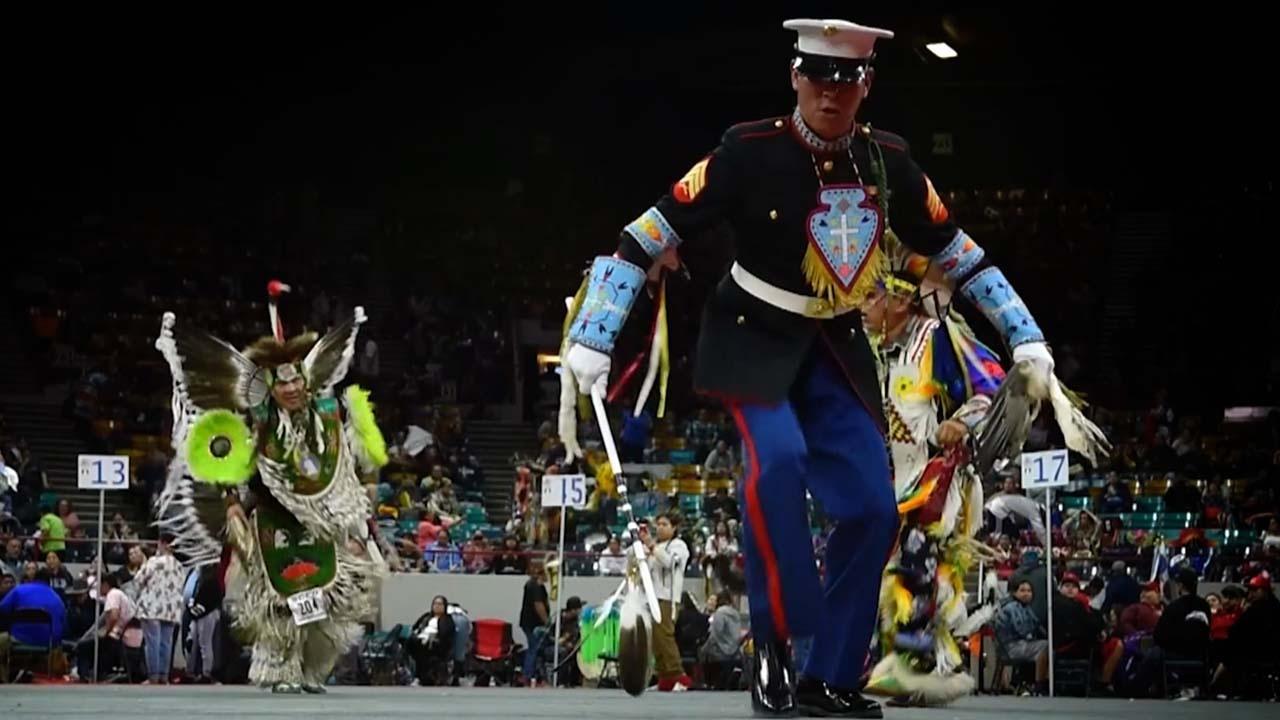
The Warrior Tradition
Introduction
3:00
Published:
Native Americans, and their commitment to serving the U.S. Military.
The Symbol of a Warrior
1 / 4
Videos
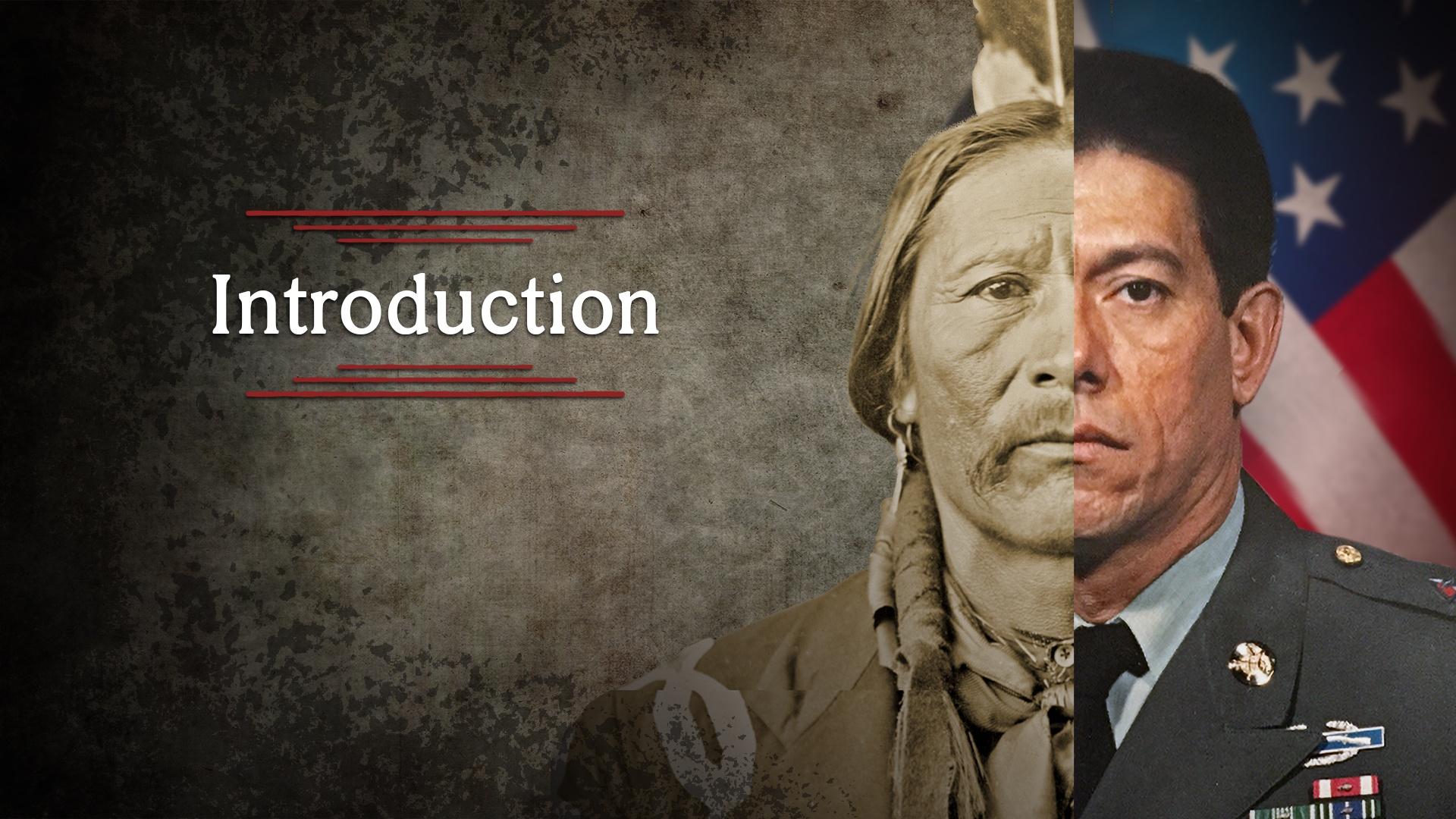
The Warrior Tradition
Introduction
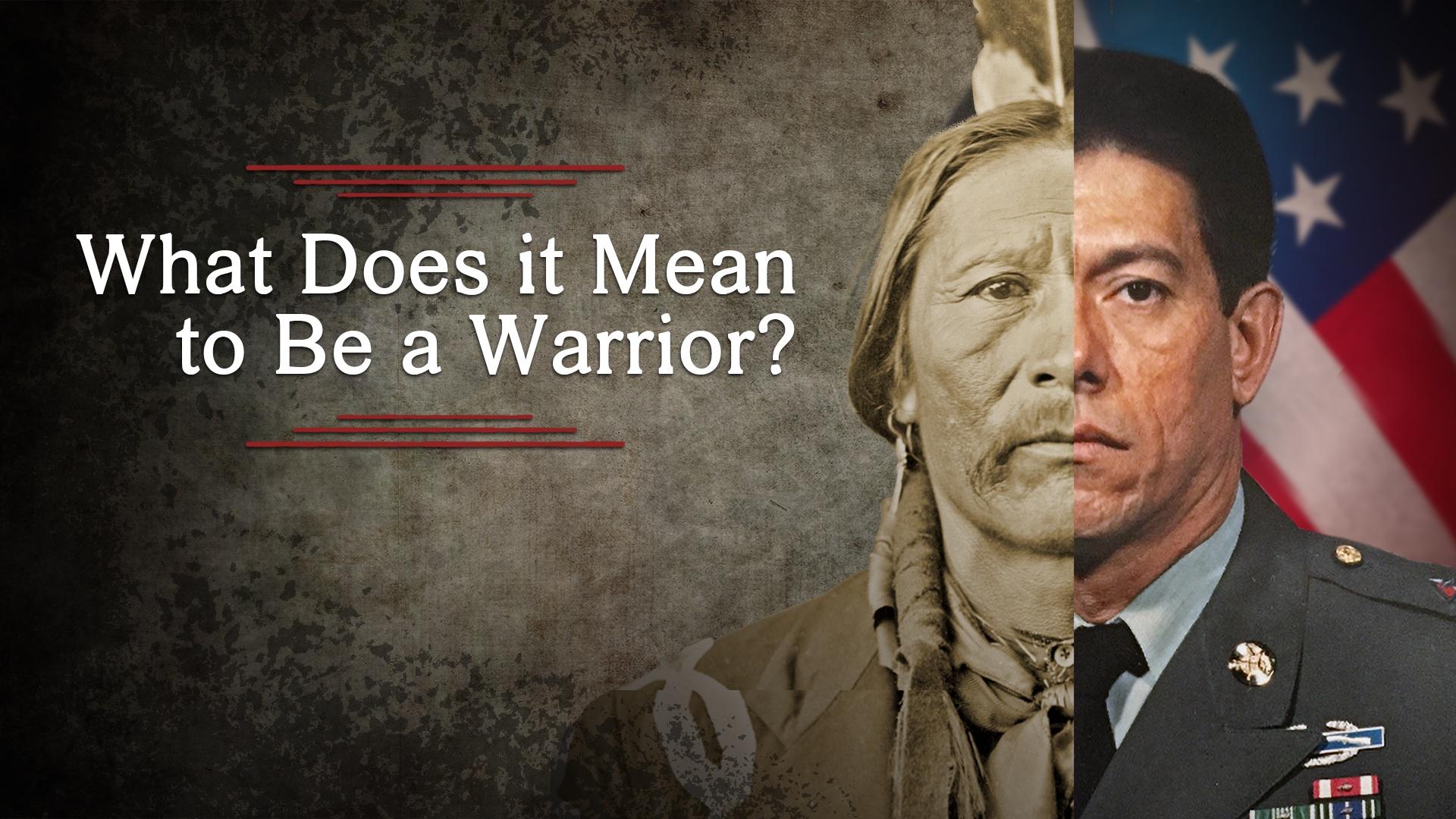
The Warrior Tradition
What Does it Mean to Be a Warrior?

The Warrior Tradition
Comanche Indian Veterans Association Celebration
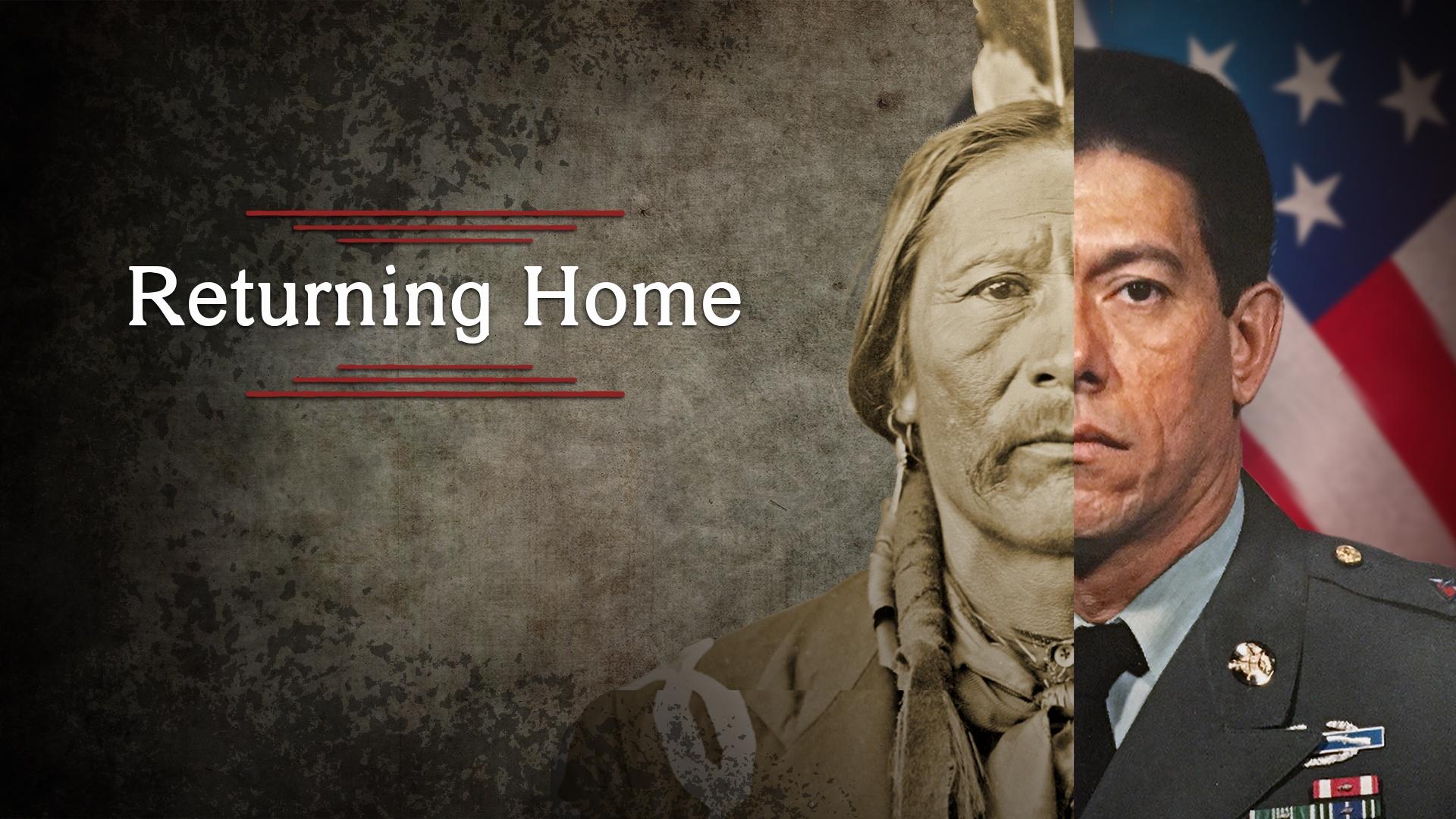
The Warrior Tradition
Returning Home
Objectives
Students will be able to:- Identify symbolism, as well as analyze meaning, and explain how symbolism relates to culture.
- Complete a detailed graphic organizer using facts from The Warrior Traditionto interpret the multiple symbols they uncover in the program.
- Explain and describe the differences between traditional and contemporary symbols, specifically Native American.
- Relate symbols uncovered in The Warrior Traditionto their own lives.
- Construct a well-organized, detailed essay based upon “The Symbol of a Warrior.”
Instructional Resources
- The Warrior Tradition
- SmartBoard or whiteboard
- The Symbol of a Warrior Graphic Organizer
- Essay Rubric
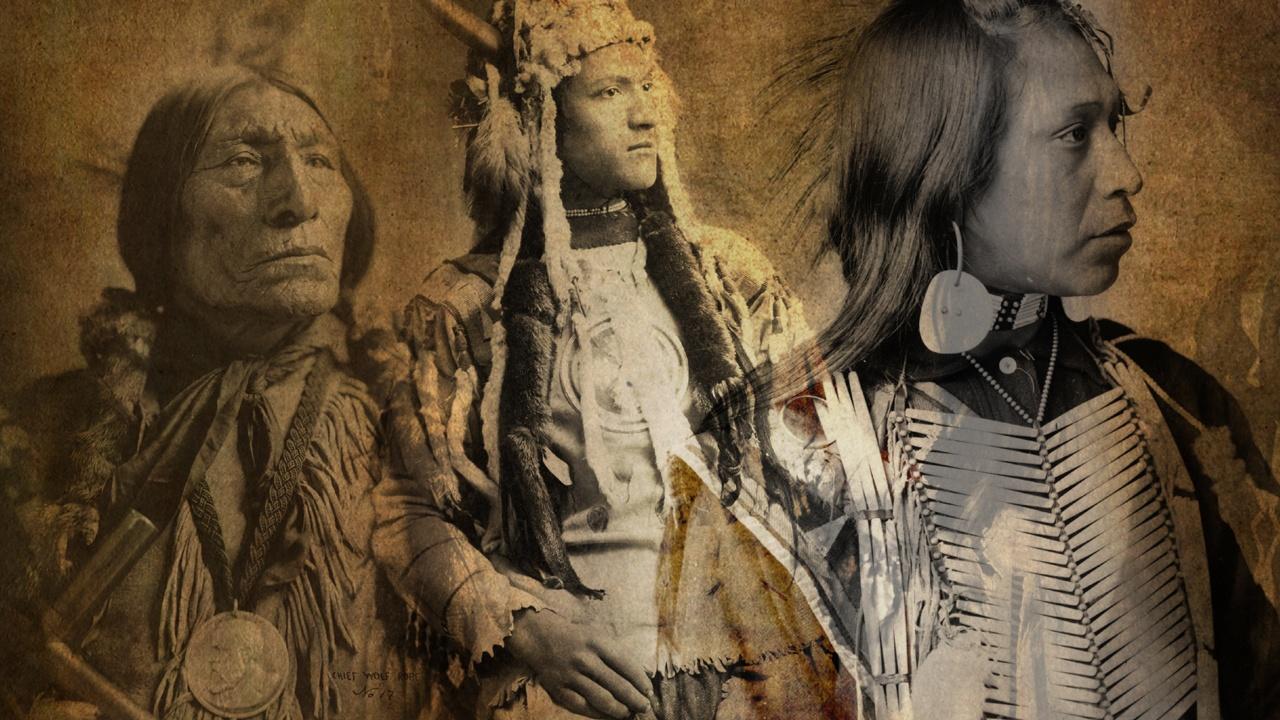
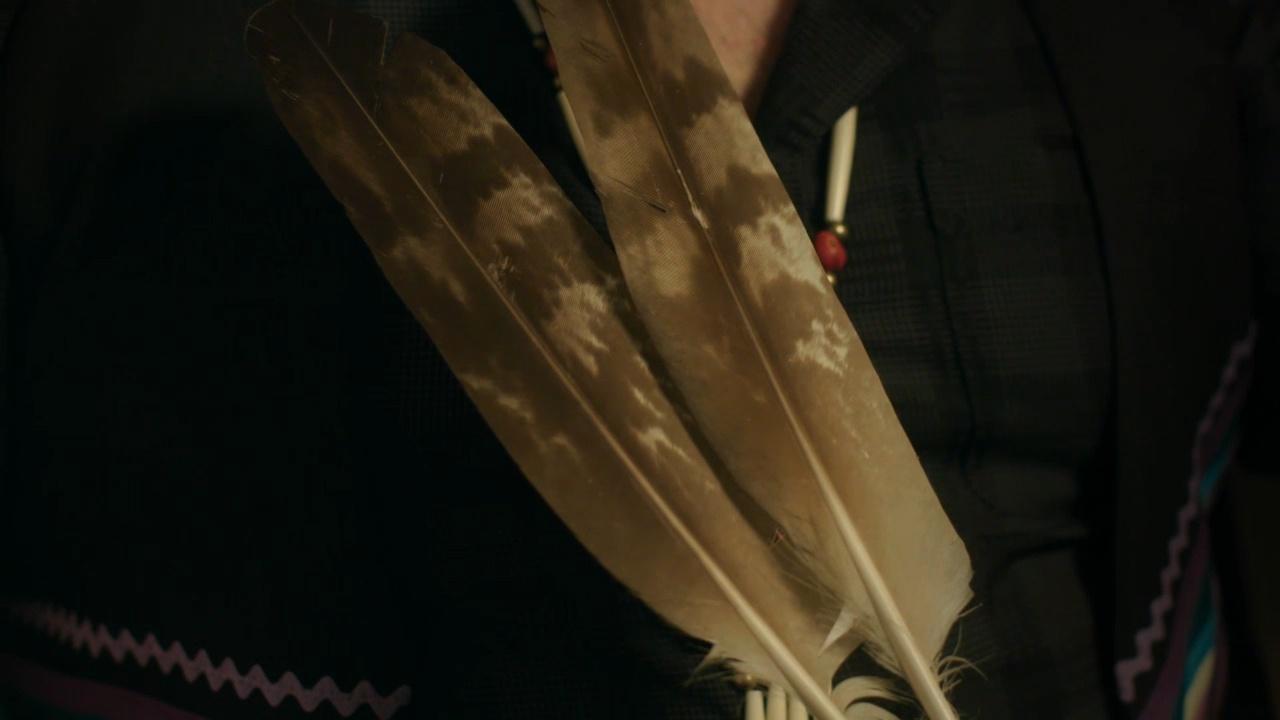
Procedures
3-4 CLASS PERIODS (break up where necessary)- The teacher will begin the lesson by asking the students the question: “What is a symbol?”
- Students can write down words that come to mind or shout out their answer as the teacher writes the responses on the board.
- The teacher will explain that Native (or First Peoples) symbols are ways to bring the physical into the spiritual world and that a symbol is an object or action that represents values or traditions.
- The teacher will ask students to give examples of symbolism from around the classroom, school, and in their personal lives.
- The teacher will give the students a synopsis of The Warrior Tradition and the segments they will be viewing.
- The graphic organizers should be distributed and the teacher will explain their purpose. The teacher will give students explicit instructions on how to complete the graphic organizers.
- The students will begin watching the segments. The video will be paused to fill in the first “symbol” on the graphic organizer with the students as a class. This will give them an example of what is expected.
- After viewing The Warrior Tradition, stopping after each segment, and completing the graphic organizers, have students share out their perspectives of the multiple symbols, they have observed.
- Students will then compare the symbols from The Warrior Tradition, to symbols from their own modern culture.
- Students should reach the conclusion that Native American symbolism of long ago differs from contemporary symbolism. Our modern symbols can designate status or station. Some examples are: a three-piece suit, luxury car, policeman’s badge. There is a profound disconnect between significant or sacred symbols.
- Students will be directed to explain how Native American symbolism was viewed centuries ago, and how it differs from contemporary symbolism. They will get in groups of two or three and share their symbols and ideas.
- Students will then work independently to write an essay on the symbolism of Native Americans and how it is connected to their lives as soldiers.
Assessment Tasks
- Students will turn in a completed The Symbol of a Warrior Graphic Organizer.
- Students will participate in the class discussion on symbolism.
- Students will turn in a well-crafted essay.
Extension Activities (optional)
- Students create their own symbol that would represent themselves, their family, and or their nation. This could be a cross curricular activity with the art teacher.
- Students will correspond (Skype or video conferencing could be used) with a Bureau of Indian Education school to create a web blog based on the warrior tradition and how it affects their lives. This could be a cross curricular activity with the technology teacher.
National Curriculum Standards for Social Studies – Thematic Strands
- Culture
- Time, Continuity & Change
- Individual Development & Identity
- Global Connections
